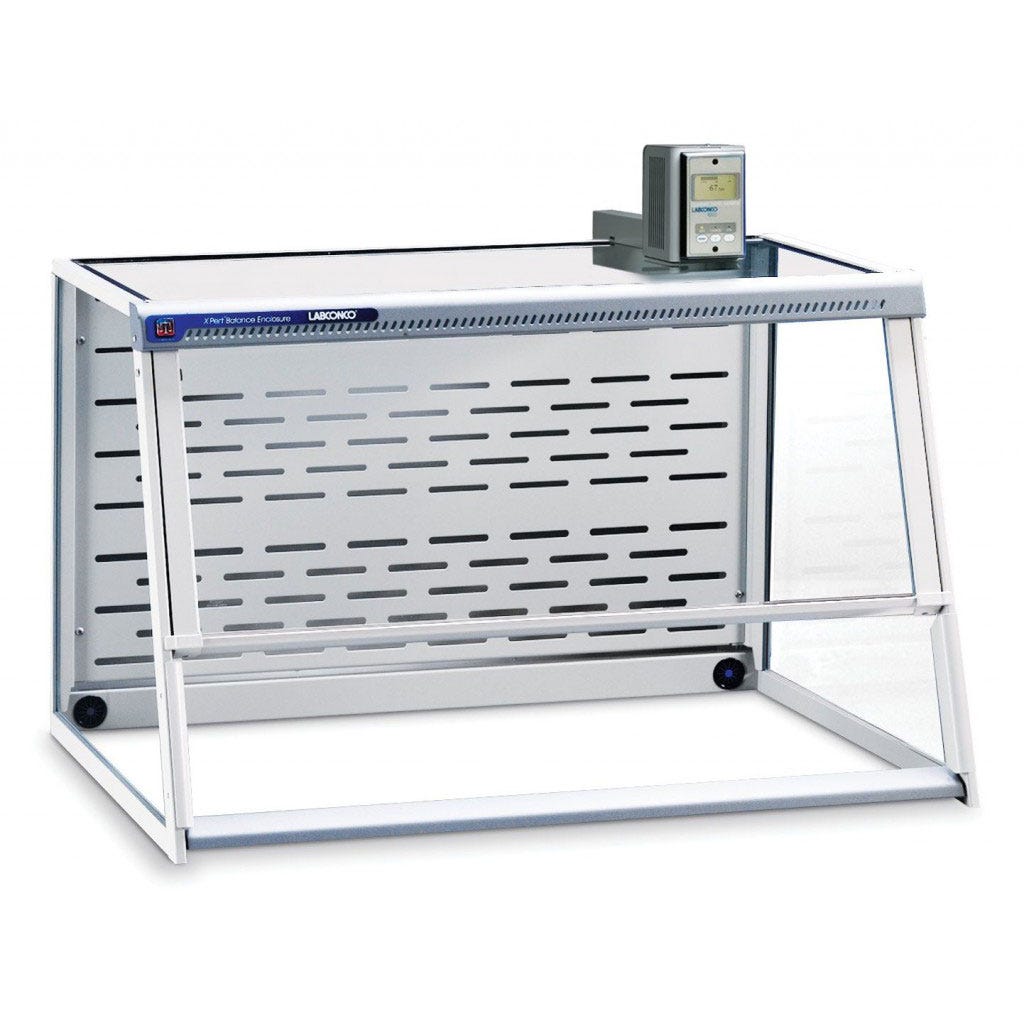- +1 (714) 578-6100
Hours Mon - Fri, 07:00 AM - 06:00 PM (Pacific Time)

Universal AC Power Adapter Module
Read more

Manufacturer SKU: YEPS01-PS4
Manufactured By: Sartorius
Warranty: 1 Year
Print
Want a quote quickly ?
Submit a QuickQuote request
5702-34A
Terra Part # 5702-34A
$69
Usually ships in 5-7 business days
Ships Free
Free shipping in contiguous USA
In stock
Want it faster ? Read about FasTrak
Terra Part #
5702-34A
83952
$69
Usually ships in 5-7 business days
Ships Free
Free shipping in contiguous USA
In stock
Want it faster ? Read about FasTrak

On a tight schedule? Choose FasTrak 24/7 Priority Service to help meet your critical schedule for Terra-manufactured products, either before or after your order is placed.*
- FasTrak 24/7 provides a 24/7 commitment to meet the shipping date YOU specify, regardless of quoted lead times.
- FasTrak 24/7 assigns a dedicated production team plus a dedicated senior expeditor working three shifts to meet your delivery specification.
- FasTrak 24/7 guarantees* to meet the agreed-to specified ship date.
Call for pricing. FasTrak service fees cover costs of additional services only, without additional profit.
* Terra's FasTrak services limited guarantee: to ship on the ESD or date specified OR to refund up to 100% of FasTrak charges. This guarantee covers no direct, special, consequential or other damages and is strictly limited to up to 100% of the amount paid for FasTrak service. When a specified ship date is missed due to factors outside Terra's control (vendor performance, deliveries by shipping companies, etc.) and random factors such as accidents, the credit of up to 100% of the FasTrak 24/7 may not apply. FasTrak service requested after order placement will be quoted and accepted based on available time remaining before required ship date.








